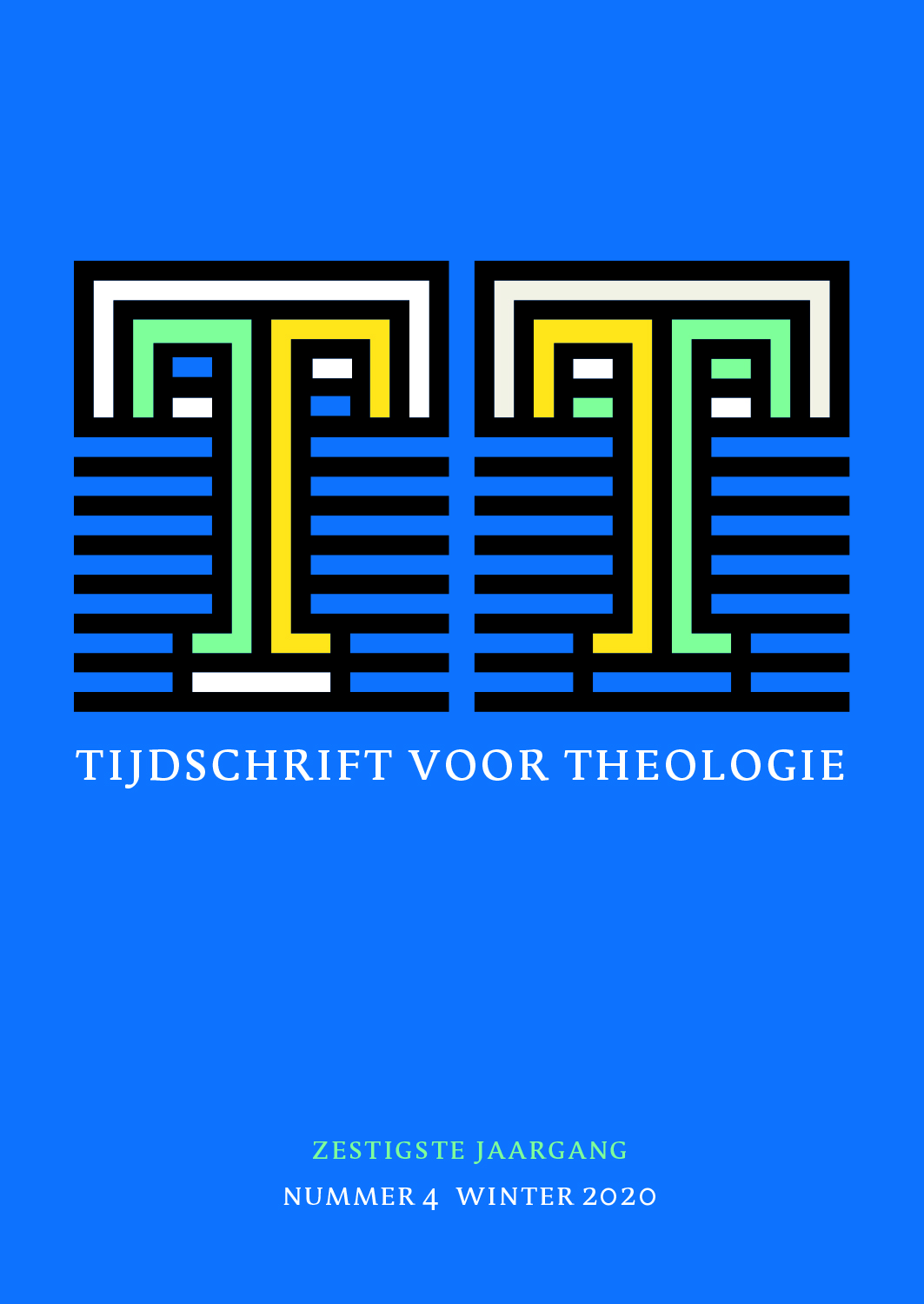 previous article in this issue previous article in this issue | next article in this issue  |

|
Document Details : Title: Waarom werd God Homo Sacer? Subtitle: Giorgio Agamben op het kruispunt tussen theologie en filosofie Author(s): DICKINSON, Colby Journal: Tijdschrift voor Theologie Volume: 53 Issue: 1 Date: 2013 Pages: 44-62 DOI: 10.2143/TVT.53.1.3203307 Abstract : This article seeks to summarize and evaluate the work of the contemporary philosopher Giorgio Agamben from a theological viewpoint, especially as his writings have more recently gravitated toward the religious. Though it could easily be said that his various studied genealogies of certain core constituent elements of both the Christian and Jewish faiths (as undertaken in his Homo Sacer series) have major consequences for understanding the legacies of these traditions, his recent work has yet to be ingested into more traditionally theological settings, properly speaking. This essay therefore rehearses some of the more significant insights which Agamben’s work on the theological has uncovered in his The Kingdom and the Glory, The Sacrament of Language, Opus Dei, and The Highest Poverty – and the full impact of these volumes is only just now beginning to be comprehended, and even then only to slight and varying degrees. By analysing his ‘philosophy of theology’ as such, this work tries to deal with those critics of his writings who portray his attempts to render the ‘anthropological machinery’ (of theology) inoperative as little more than another layer of ‘antinomian’ sophistry which recurs every so often throughout history. What is here demonstrated, however, is that the question that Agamben has relentlessly pursued throughout multiple volumes preceding and comprising the Homo Sacer series is in fact: how are we to deal with those antinomian impulses that arise in relation to the existence of law? By viewing things as such, this article offers itself as a sort of interpretive key to Agamben’s work, through which one might read his ‘solution’ to the problem of the existence of law and religion themselves. Accordingly, as is shown, the answer he proposes to the various exclusions, divisions, unjust borders and boundaries and various reductionist representations that we face in our world today is to follow Saint Paul’s logic of making a ‘division of division itself’, of taking the particular representation before us and exposing its failings, faults and cracks, in order, not simply to have each structure fall to the ground, but so that we might gain access to a more universal truth through the failure itself. We witness, in the end, an inviting turn to a Franciscan ‘form of life’ (rendered visible through his focus on the Pauline ‘division of division itself’) that is badly needed for our times, especially for the practice of theology. |
|
